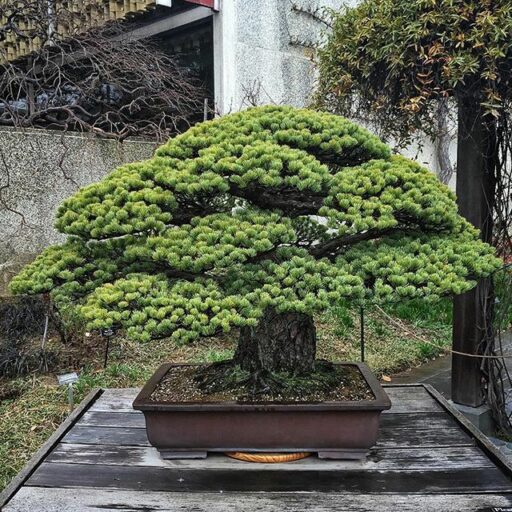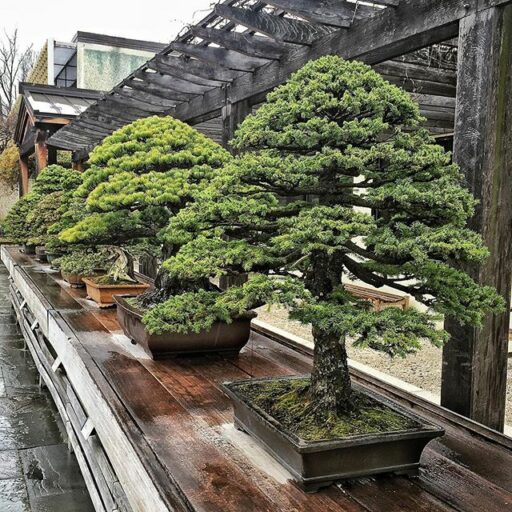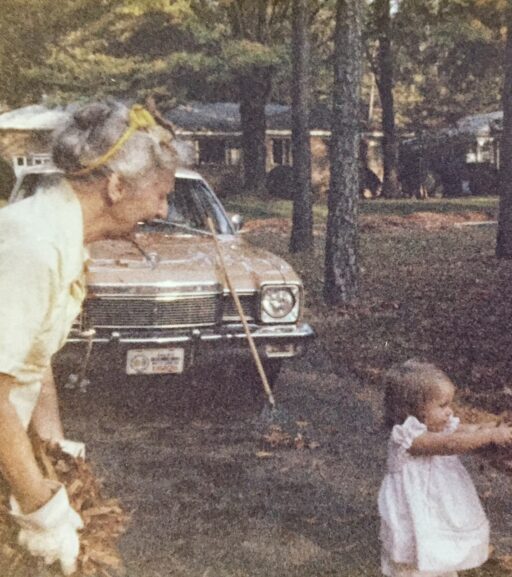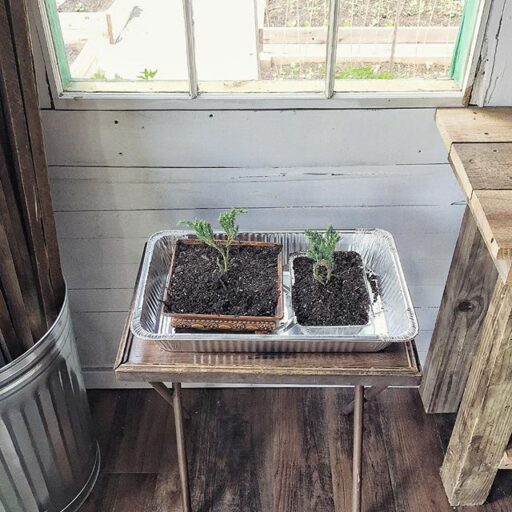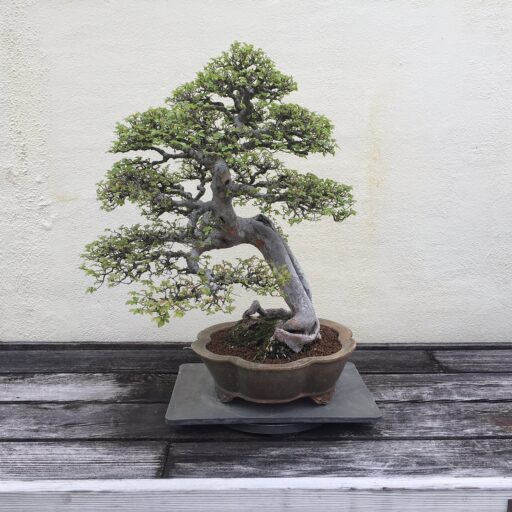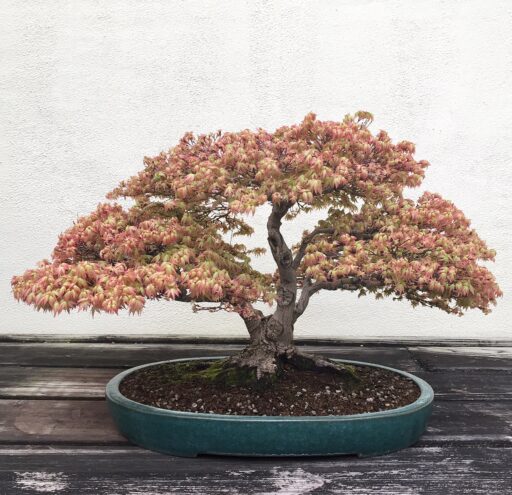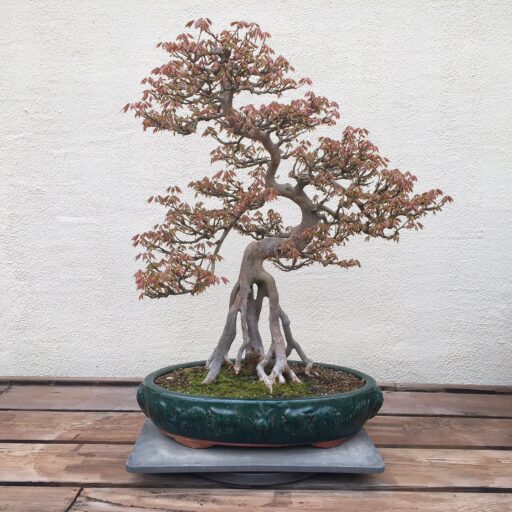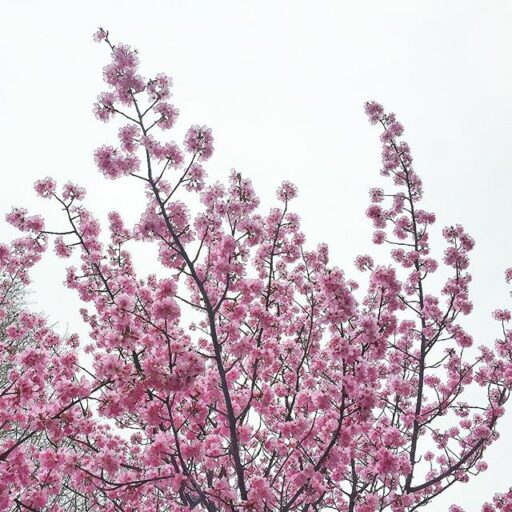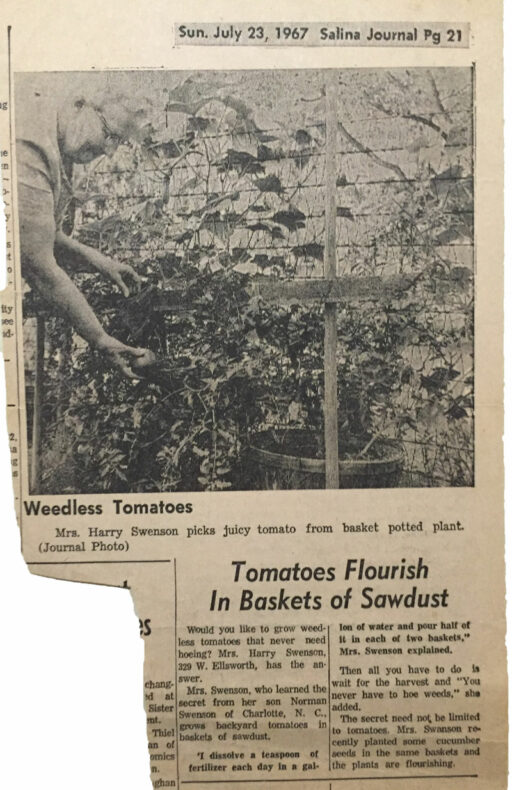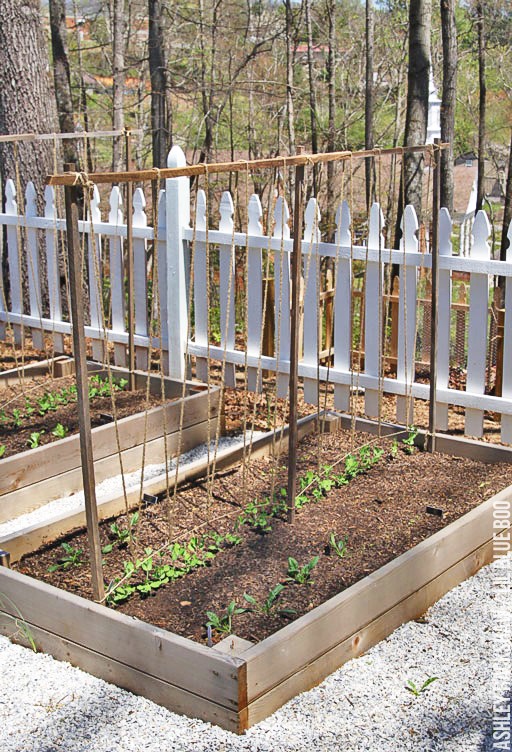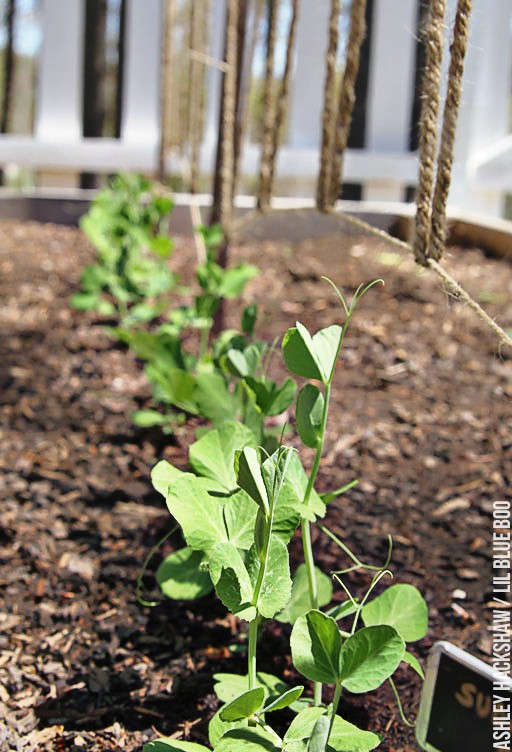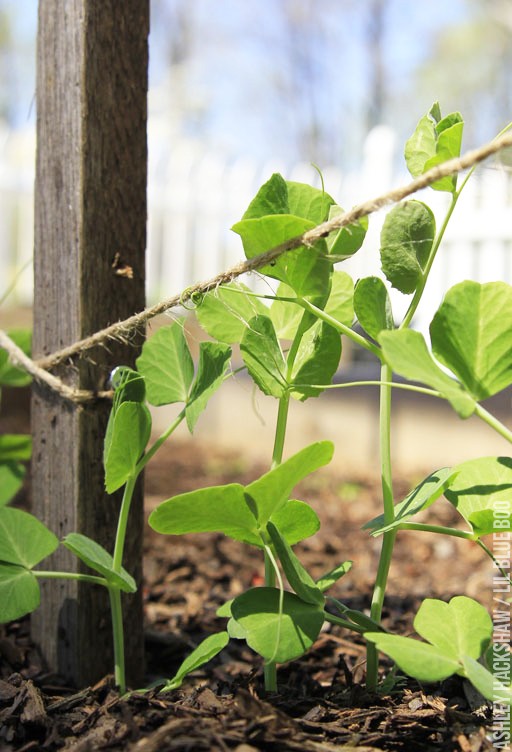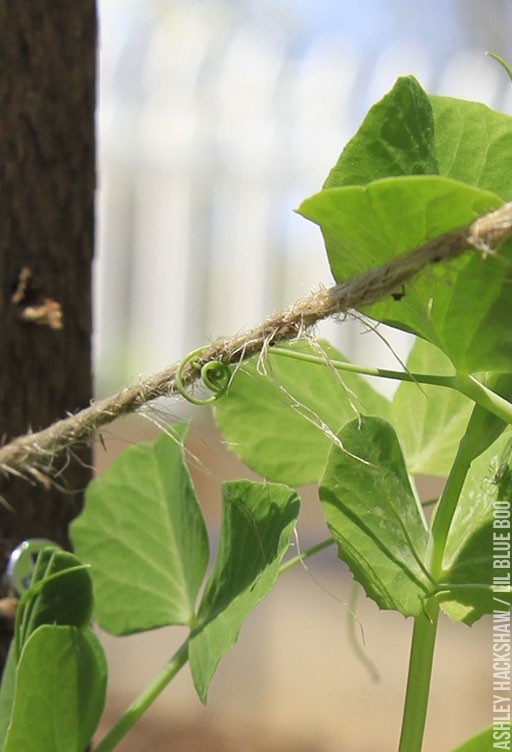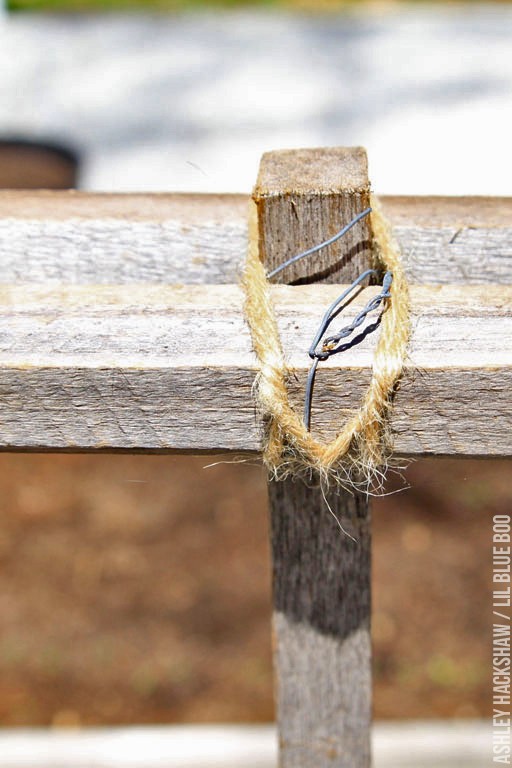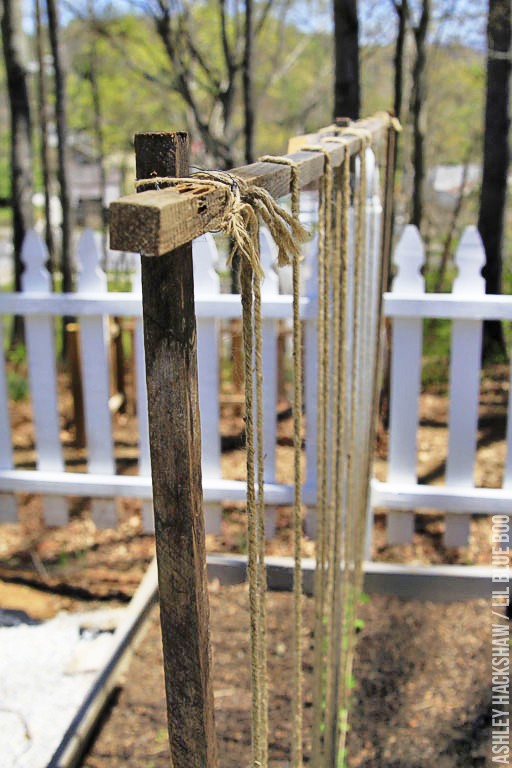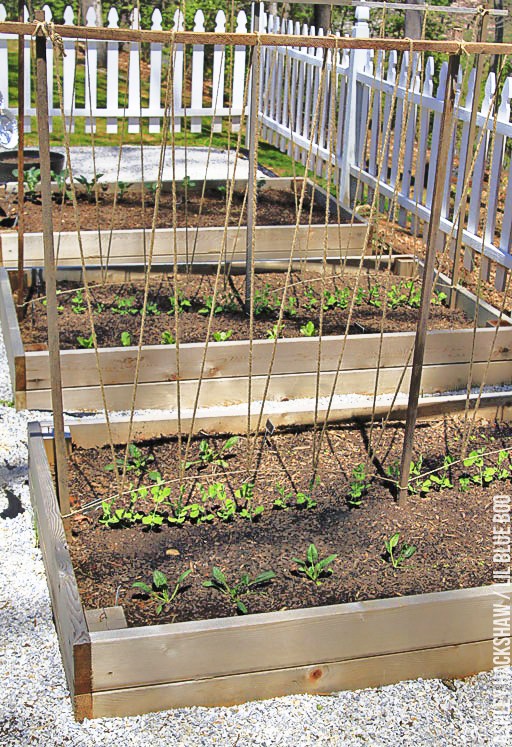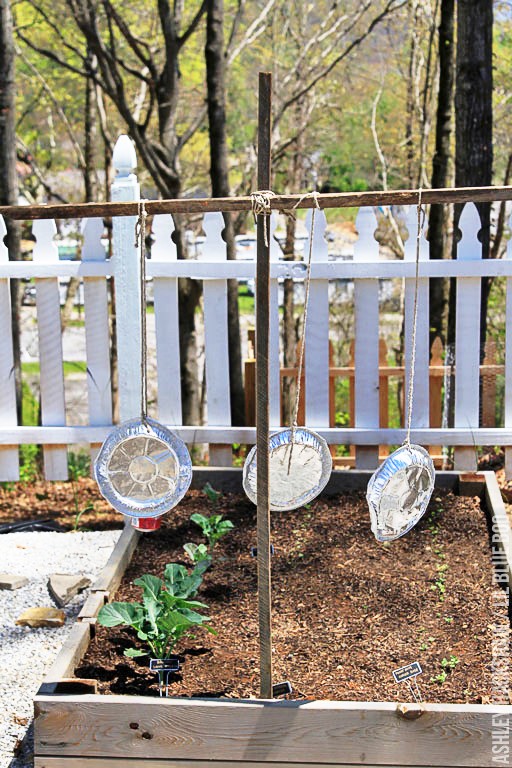When we went to Washington, DC over spring break this year one of the things on my list to see was the nearly 400 year old bonsai tree that survived Hiroshima. It’s also known as the Yamaki White Pine:
Five generations of the Yamaki family trained this tree, starting in 1625, before it made its way across the ocean to the U.S. This bonsai tree survived the atomic blast in Hiroshima. The owner, bonsai master Masaru Yamaki, donated it to the U.S. in 1976. How long such a small tree can live, like this one, outliving multiple generations? I can’t imagine the pressure of taking care of such a tree. What if someone forgets to water it? Do you get a bonsai sitter when you go out of town?
*****
I’ve always had a thing for bonsai trees. When I was growing up, at my grandparents house, a weathered plank fence stood to one side of the yard dividing the property from their neighbors, the Nowlins.
If you followed the plank fence to where it opened up near the Nowlin’s carport, and followed the path of crunchy white pea gravel, you would find a few rows of tables. That was Mr. Nowlin’s bonsai garden. It looked kind of like this:
The Bonsai exhibit at the U.S. National Aboretum
He had tiny little junipers and shapely miniature boxwoods growing in flat little pots with tiny gravel to match. I loved touching the twisted and gnarled little tree trunks that had been shaped and stunted over time. I would run my fingers over the pearl and tea-colored pea gravel, sometimes secretly slipping a few stones into my pocket to keep. It was like a secret garden. Mr. Nowlin’s house was sold at some point, I think when they went to a nursing home. The buyers knocked their old house down to build a bigger one. The same thing happened to my grandfather’s house next door. I’ve always wondered whatever happened to Mr. Nowlin’s bonsai trees. There hasn’t been any sign of bonsai for years.
Mrs. Nowlin looked exactly like Jessica Tandy from the front, at least that’s how I remember her. I tore the house apart today trying to find a photo of the Nowlins and maybe their backyard. All I could find was a photo of Mrs. Nowlin holding a handful of fall leaves, getting ready to throw them up so I could jump into them:
*****
Somewhere in Japan there is a bonsai tree that is over 800 years old. That means that a tiny potted tree has been passed down through at least eight or nine family generations. How is that even possible? I can’t even keep a plant alive more than a year.
I bought some young junipers recently and planted them to try my hand at the bonsai art. Hey, I got them planted. Now check back in 15 years.
I imagine they’ll look kind of like this one day only this is a Chinese Elm, and it’s “training” dates all the way back to 1906:
A Japanese Maple dating back to 1946:
They don’t know how old this Trident Maple is but I love the shape of it:
I checked all the tags at the U.S. National Arboretum….none were Mr. Nowlin’s. But maybe they are still out there somewhere.
You can read more about the bonsai collections at the National Bonsai & Penjing Museum’s site. There’s even a virtual tour you can take…but it’s not the same as seeing the trees in person.
You can read more about the Yamaki Pine here. It’s a really cool story.
And I can’t stop watching the DC Eagle Cam either.
When we were in DC the cherry trees were just beginning to bloom as well:
The history of the DC cherry trees is pretty interesting too. In 1910, Tokyo gave Washington, DC 2,000 cherry trees as a gift. All 2,000 trees had to be burned because it was discovered that they were infested with insects. In 1912, Tokyo gifted 2,000 more trees, in twelve cultivar varieties, and they were planted mostly in the Tidal Basin area. 3,000 more were gifted again in 1965. In 1982, Japanese horticulturists came to take clippings of the trees to replenish an area of Japan where flooding had killed their own trees. In 2002-2006, hundreds of cuttings were taken of the original 1912 trees to begin cloning replacements (cherry trees only live about 60 years on average). This was also done in 1976-1979 in a smaller number. Only about 4% of the original gifted trees are still around.
I like cherry trees too. I’ve got a few to plant this week around or property.

